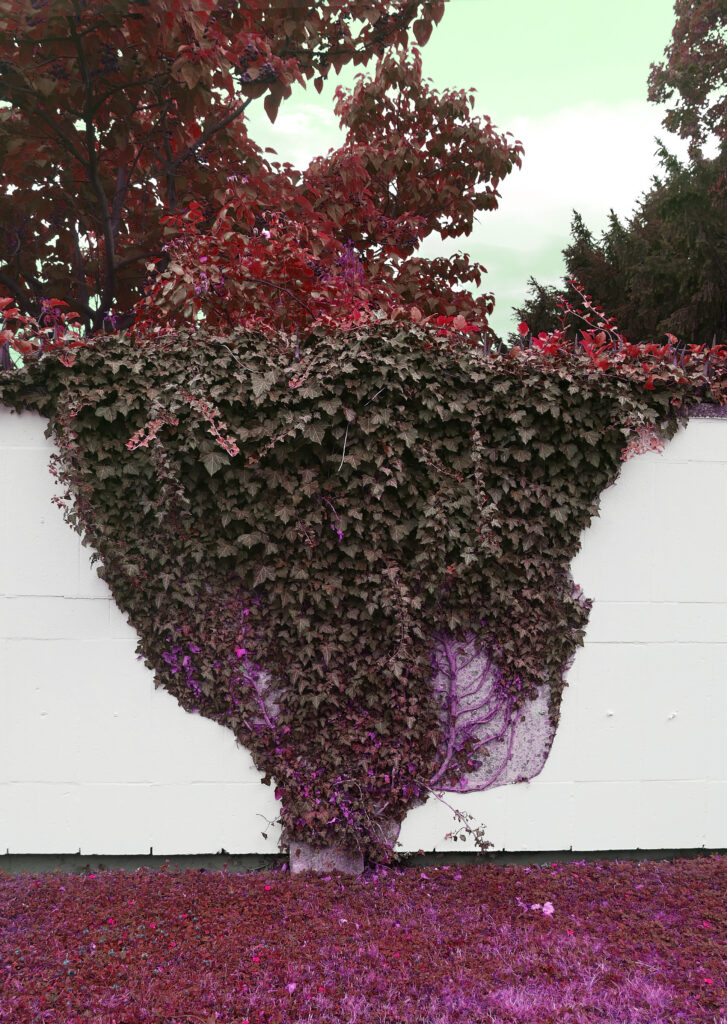Decolonizing the common: beyond the dualism

Euro-American-centered aesthetics, a singular system of political economy or a transnational regime of virtue is inadequate for engaging complex and dynamic conditions transforming global relations. With the rise of new art worlds such as Singapore and the Gulf States, we need to draw a new map of contemporary art worlds beyond the dualistic taxonomy and sensibility of Euro-American aesthetics and “the third world” aesthetics. Then, how can we understand the circulation of artists and artworks in interconnected mutuality beyond the binary pole of West/East and text/image? How do we position ourselves or participate in this global circulation and mobility? Do they have the potential to provoke new types of open, collaborative institutional and social structures?
During the fieldwork for my Ph.D. dissertation in 2015, I started to get involved in Omni’s project to “answer” the anthropological questions, more significantly, “speaks” to the global audience – mainly specialists in the art scene – through my research by addressing third world’s struggling and failure in the global art world. Rather than scrutinize the meaning and representation of contemporary Indonesian art as a passive result of humans’ expressive intentions, I have always focused on the materiality of Omni’s artworks. By doing that, I have tried to address the predicament of “third world” participants’ behavior subject to a wide range of non-rational constraints. Walking along with the Omni, I have learned how to loosen the boundaries instead of placing myself in the triumph of global hierarchy: How to be a good loser.
Their short story sounds like an artist’s egoistic self-reflection or hidden diary in the peripheral. But ethnographically, Omni’s project has enriched our understanding of how actors in the Indonesian art world translate the particularity of artworks into local knowledge by applying the aesthetic terminology and grammar of the global art world. Their projects also address the appropriations or predicaments that are created in that process as well. By following the mobility of artists and artworks in global circulation―Documenta, Masa Subur, Getok tular― Omni’s projects reconsider the interconnected mutuality, rupture, and logic of relocation and recreation of artworks in global circulation.
Aesthetic sensibilities create a new mode of perception and political subjectivity (Rancière 2004, Belting 2013). Omni’s artistic experiments also still navigate a mechanism that translates the value of art, the sensible, and the aesthetics of the “third world” into the exchangeable―how this material/immaterial mediation influences or how aesthetic dispositions are produced through the exhibition, managerial, and performative practices of art. Omni’s projects also have been re-inviting the longstanding bodies of anthropological inquiry on gift exchange as a locally situated place in which human relations are formed and where meanings of person, value, and exchange are constantly in extension and retention (Gell 1998). As such, the ethnographic knowledge that will be produced by the “the common” and “the audience” in Omni’s project also can speak to a relatively unexplored object of inquiry for art history: it critically engages with interpretations of non-Western reconfiguration of the global. The climbing ivy will glow and survive, not following the human’s intention and logic but floating at the intersection of life’s hybridity, hierarchy, and contingency. Ing Madyo Mangun Karso! Omni’s climbing roots go beyond dualism, finding a sustainable and fitful place to listen to others rather than enlighten the common.